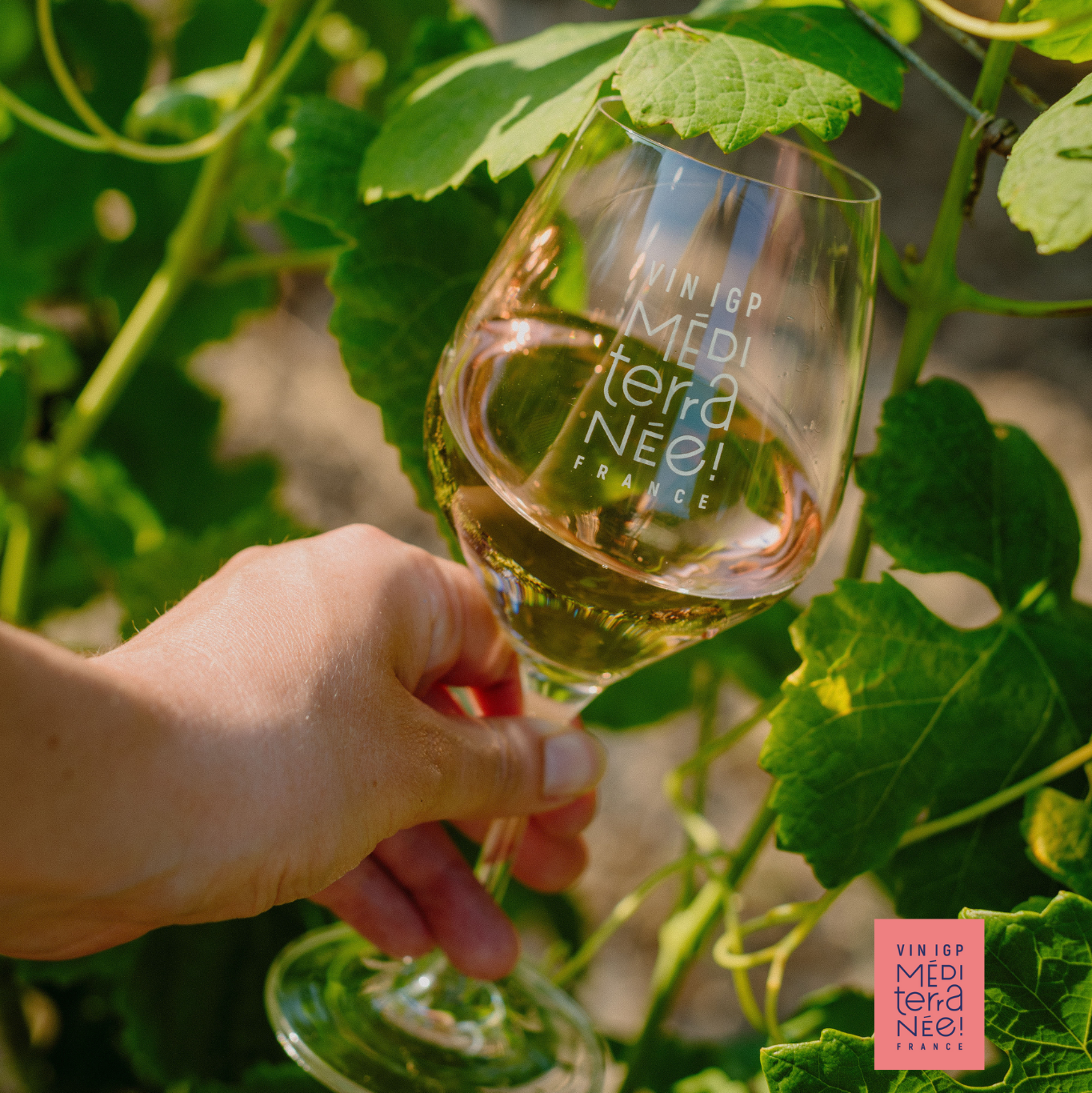UK rosé sales fall 2.5% year-on-year, research reveals
Spending on rosé wine in the UK off-trade has fallen by 2.5% year-on-year, according to data from consumer research group Kantar, while 63% of all still wine bottles bought are priced at £5 and under.
The research is based on Kantar’s data, which monitors the take home grocery purchasing habits of “30,000 demographically representative households”.
In the 52 weeks to 8 September 2019, households spent £508,561 on rosé, compared to £521,590 in the same period in the previous year.
Total spending on still wine, however, increased to £5,038,891 during the same period, up 3.1% on the previous year, with still red showing the largest increase.
While spending has risen, the percentage of shoppers who actually buy wine is down, according to Kantar. 67.5% of households bought wine in the year to 8 September, a fall of 2.7% on the previous year.
63.2% of these bottles were bought for £5 and under, which in an article published in The Times, Kantar analysts describe as the “psychological £5 price barrier”.
This was compared to 31.4% of spending within the £5.01 to £7 bracket, 4.6% between £7.01 and £10, and just 0.8% of households spending over £10 on a bottle.
Partner Content
Duty on beer and spirits was frozen on 1 February this year, while duty on wine rose to £2.23 per bottle.
On that basis, Bibendum’s Vinononics calculator states that for a £5 bottle of wine, just 30p is spent on the wine itself, once costs including duty, packaging, VAT, logistics, excise duty and margin are taken into account.
For a £20 bottle, however, this rises to £7.03 for the amount spent on wine.
According to Kantar’s data, the average price per bottle has risen each year since 2016. The research group found that the average price of a bottle of still wine was £5.03.
Laura Christen, client executive at Kantar, said: “The alcohol market is evolving and still wine is in flux. While overall market value continues to grow, shopper numbers are down and this is particularly true of rosé. Buyers are either turning away from the category or putting a cork in it in favour of white wine, where a combination of premium New World sauvignon blancs and low-cost but high-quality ranges from Aldi and Lidl represent a more attractive offer to shoppers.
“Across the board, the wine sector must adapt to stay popular with younger generations. As young people are tempted away from still wine by Instagram-friendly tipples like gin and more portable options in ready-to-drink cans, wine needs to modernise through specifically marketed products that look as good as they taste.”




